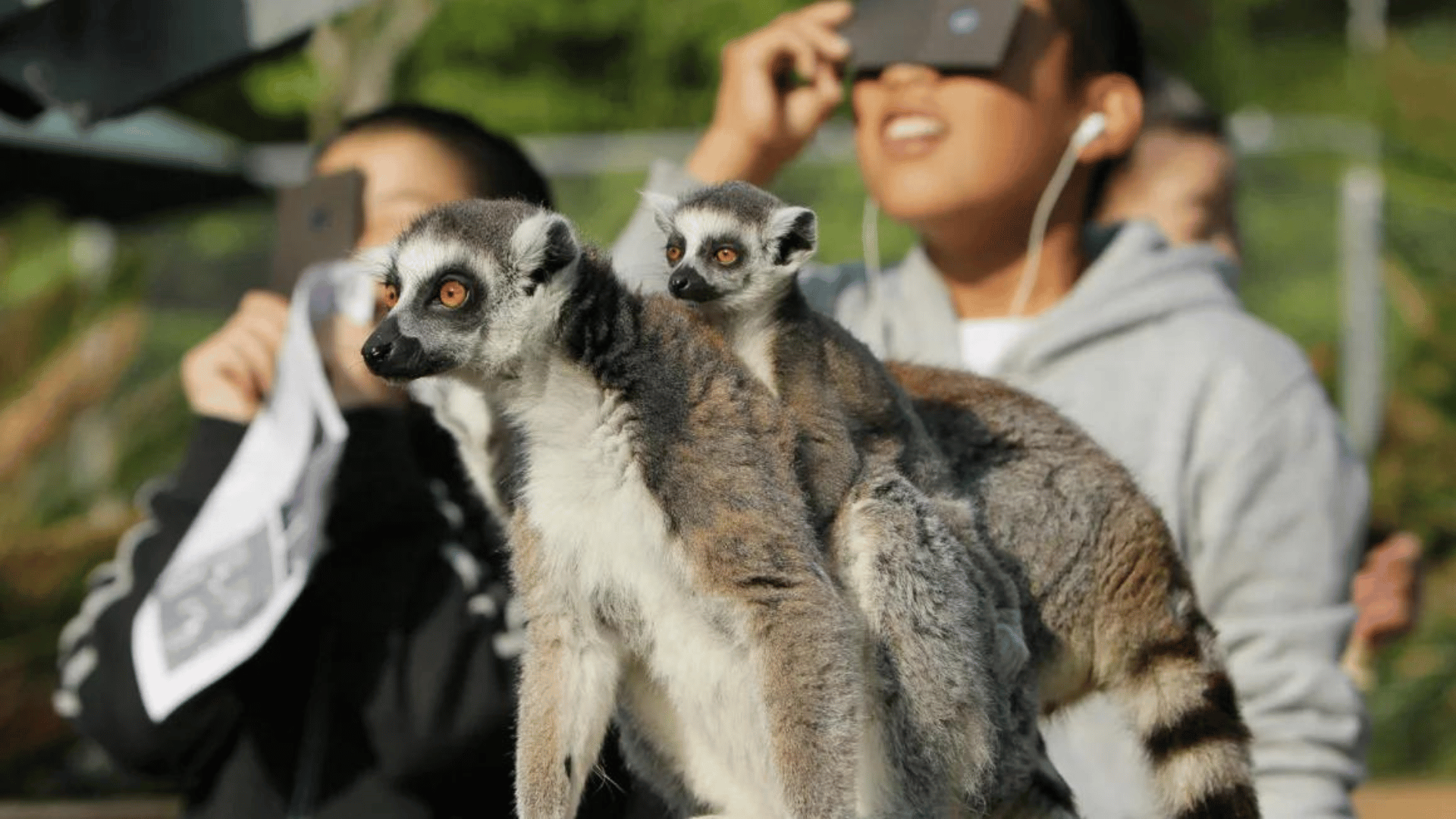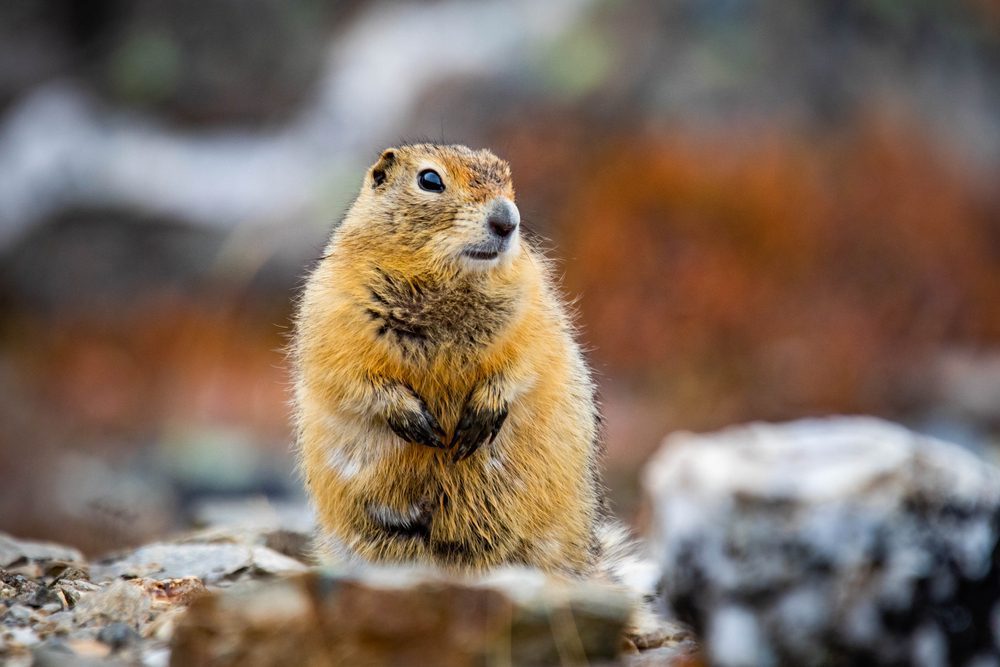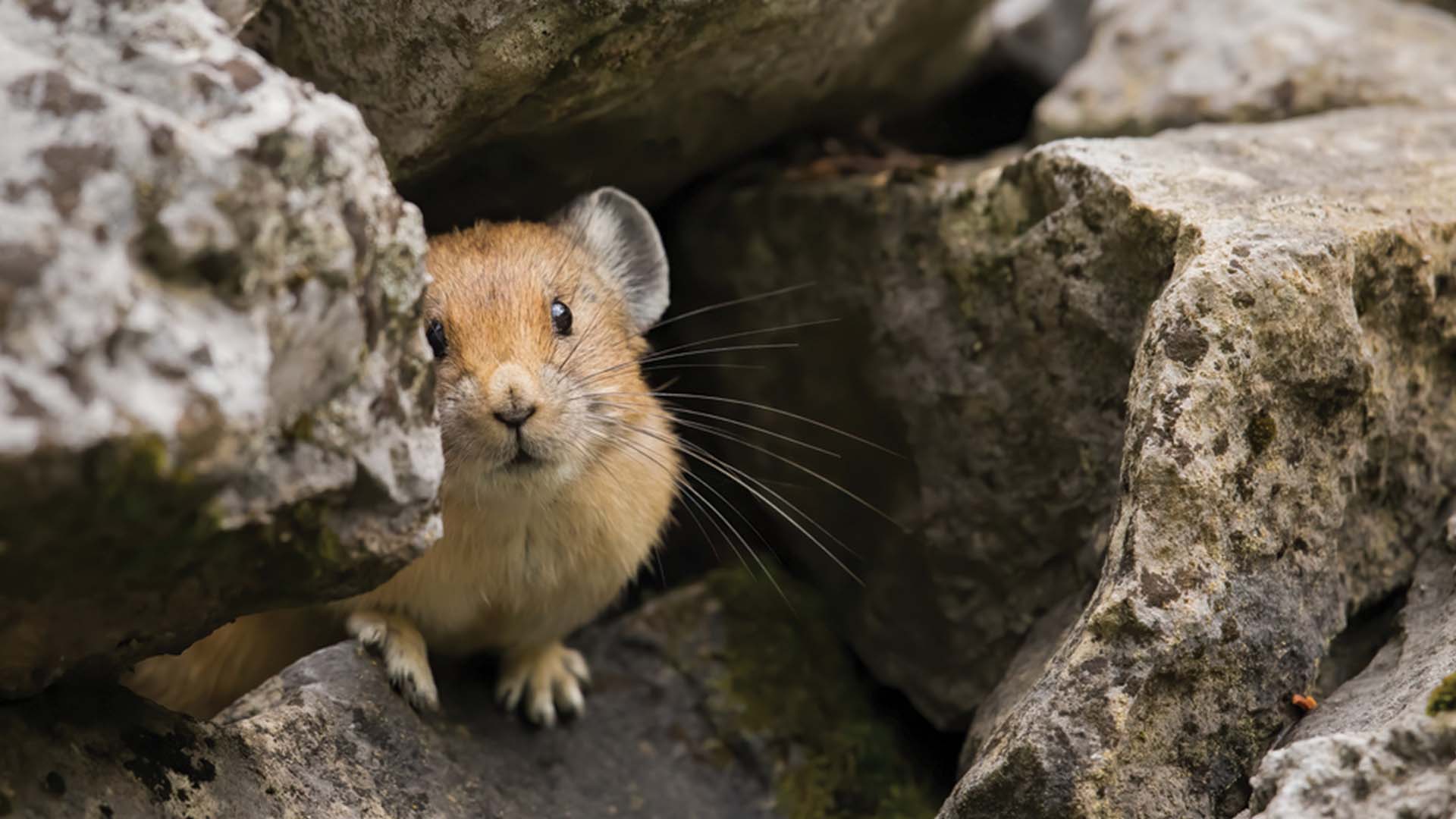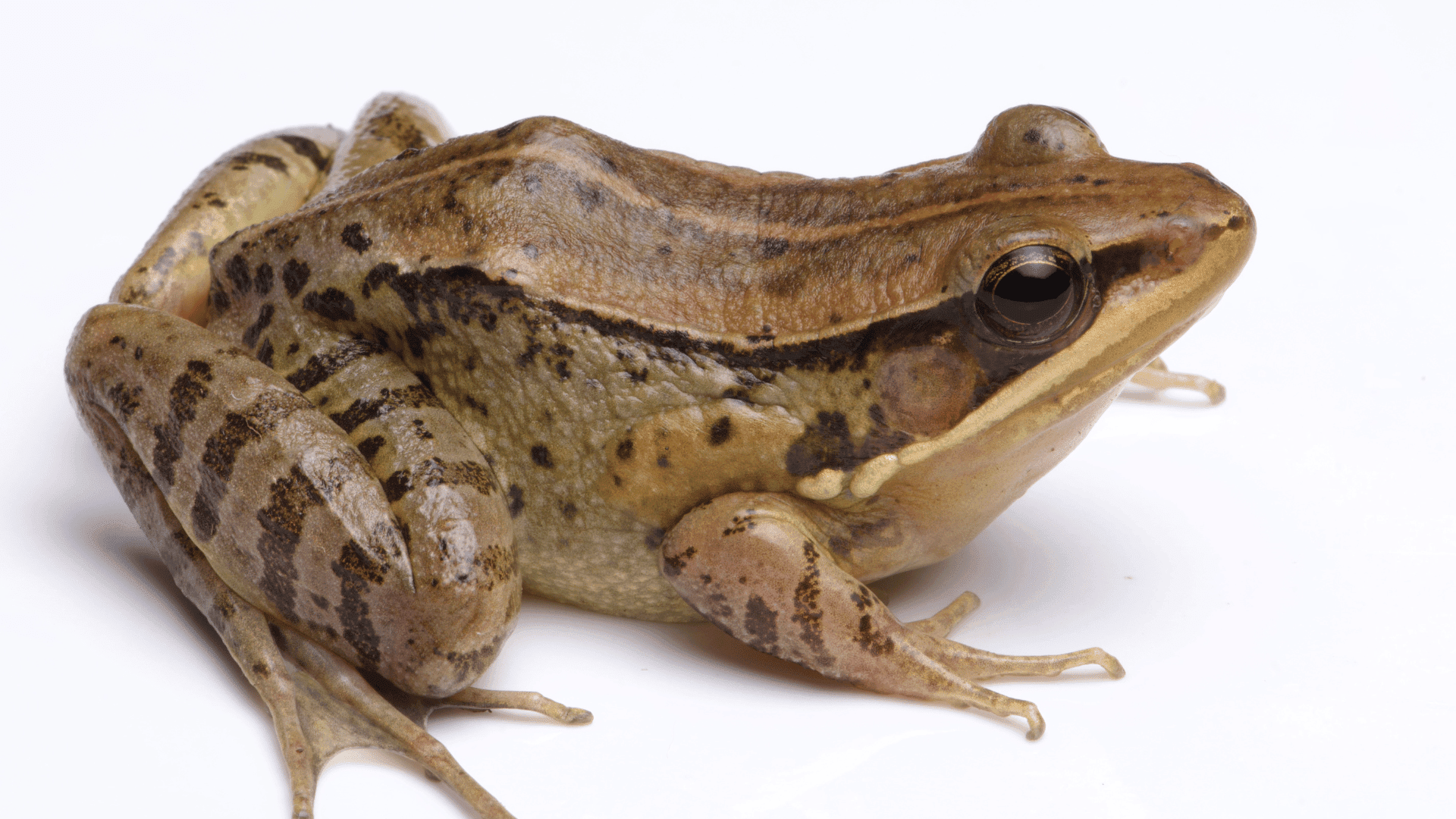During the Great American Eclipse of 2017, researchers observed zoo animals exhibiting strange behaviors. As the 2024 eclipse approaches, researchers are preparing to further study animal behavior during the event.

Giraffes gathered and broke into a gallop, the Galápagos tortoises began to mate, and the gorillas started to get ready for bed. These were just a few of several anomalies observed during the solar event by scientists stationed at the Riverbanks Zoo and Garden in Columbia, South Carolina.
Explore Tomorrow's World from your inbox
Get the latest science, technology, and sustainability content delivered to your inbox.
I understand that by providing my email address, I agree to receive emails from Tomorrow's World Today. I understand that I may opt out of receiving such communications at any time.
“Giraffes are kind of delicate, they don’t run a lot. When they run, it’s because they’re running from a predator or something like that,” said lead study author Dr. Adam Hartstone-Rose, professor of biological sciences at North Carolina State University in Raleigh. “It was kind of amazing and mind-blowing.”
Animal keepers at the Nashville Zoo at Grasmere also recorded giraffes galloping during the event. With the upcoming April 8th solar eclipse, researchers plan to further study the phenomenon.
Hartstone-Rose plans to bring a team of graduate student researchers to the Fort Worth Zoo in Texas to study certain animals and determine whether they repeat the same peculiar behavior as the previous eclipse.
Additionally, a citizen project calls for people to make observations of animals in other environments including cities with pigeons and squirrels, farms with livestock, mountain ecosystems with woodland creatures, and more.
“There could be all sorts of things. We’re hoping that we even get kids watching their dogs in their backyard and seeing if their dogs behave interestingly during the eclipse,” Hartstone-Rose said.
The path of totality spans more than a dozen US states, but even if someone is not directly on the eclipse path will experience some percentage of sun coverage. Researchers are interested in getting reports across North America to determine whether animals will only respond at a certain percentage of the sun’s coverage.
“It’s a project that anybody anywhere on the path of totality, or even not in the path of totality, could do using our protocols and contribute data to our study, and help us understand more broadly how animals behave during the eclipse,” Hartstone-Rose stated.
During the 2017 event, researchers studied 17 species and observed behavioral responses in 75% of the zoo animals observed. The majority of the animals displayed either activities typically reserved for the evening or behaviors that signal anxiety.
The eclipse likely affects animals because of circadian rhythm, the internal biological 24-hour clock that tells a person or an animal how to respond to the amount of light they are receiving, according to Dr. Bryan Pijanowski, professor of forestry and natural resources and the director for the Center for Global Soundscapes at Purdue University in West Lafayette, Indiana. Further research on how animals respond to the eclipse could also allow us to learn more about how animals are affected by light pollution.
“Most animals respond to (the light dimming from the eclipse) in a way where it’s like, ‘OK, it’s time to either sit down and rest and go to sleep.’ … And then there are the nocturnal animals that suddenly say, ‘oh, it’s time for me to wake up and be active,’” Hartstone-Rose said.







